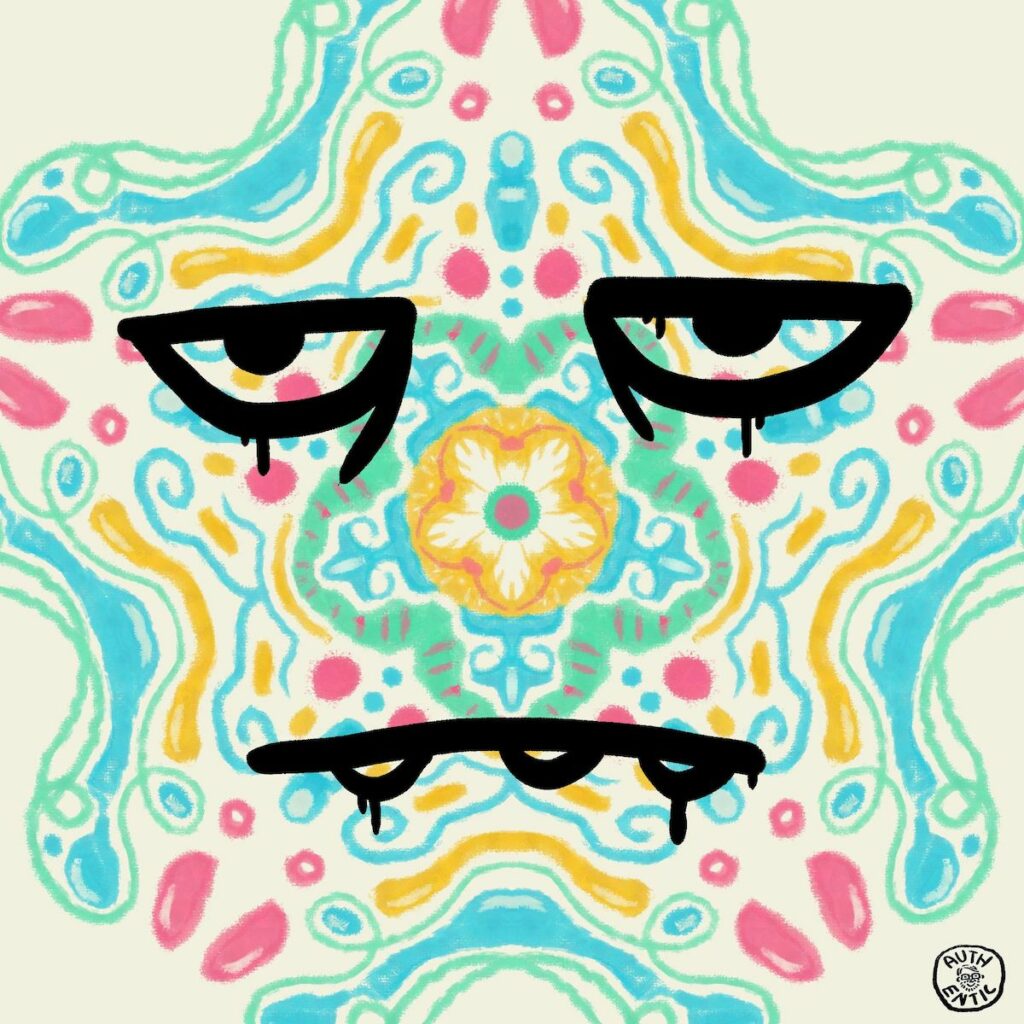How to Learn About and Get Involved with DeFi Communities
June 29, 2021

Alongside the remarkable growth of the DeFi space in 2020, interest in non-fungible tokens (NFTs) surged as artists discovered new ways to express themselves and reach new markets. That enthusiasm should only continue into 2021, as more and more creators discover the benefits of crypto and the blockchain.
Part of this exciting movement is Dai, which continues to become a preferred currency of the NFT digital art and culture market. Stable and composable, decentralized stablecoins are the ideal crypto tokens for the space, as they’re a universal, price-stable currency offering access to the growing Ethereum economy.
“Creators, particularly digital artists, are discovering new web3 tools that help expand their thinking and provide direct access to collectors and communities,” explains Jen Senhaji, Business Development Associate for the Maker Foundation. “It's exciting to see how artists and others in creative industries will continue to embrace stablecoins and NFT technology as they create, trade, and sell their work on the blockchain.”
And selling, they are.
In December, sales of NFT artwork hit an all-time high of $8.2 million, compared to $2.6 million the month before.
Provocative Artists and Initiatives Incorporate Decentralized Crypto Tokens in the Digital Artwork World
Sarah is a Los Angeles-based writer and artist, who established a successful career in the traditional art space before becoming excited by the potential of digital art and NFT innovation. Her work explores humor, psychedelia, mysticism, and the interplay between modern and obsolete technologies.
“Decentralized stablecoins have the potential to play important roles in the art market. It will be interesting to see how they are adopted into crypto art best practices as a way of regulating valuation to the benefit of artists, collectors, and platforms alike.”
— Sarah Zucker, digital artist
Snark.Art is a technology lab dedicated to exploring the creative and commercial possibilities of art on the blockchain, and to helping the artists they work with create NFTs and market their images.
Snark.Art co-founder Misha Libman says that the platform name was inspired by Lewis Carroll’s “The Hunting of the Snark.” That poem is a metaphor for chasing a hard-to-reach or unattainable goal—in Snark’s case, blockchain technology’s powerful but sometimes elusive appeal for artists.
“Stablecoins allow artists to experiment with blockchain, but at the same time avoid the uncertainty that comes with pricing their works in volatile currencies like ETH or BTC.”
— Misha Libman, Co-founder of Snark.Art
Last November, Vancouver Biennale—a major public art exhibition held every two years—hosted #ArtProject2020, a virtual art and technology expo that explored the newest technologies to impact the art world. Dai and NFTs were introduced to a non-crypto audience at the event, which was organized by artist Jessica Angel.
“Art is a mobilizing force with the power to bridge seemingly dissimilar worlds, and #ArtProject2020 offered proof of how crypto finance and creativity on the blockchain can work towards a common goal.”
— Jessica Angel, Founder of #ArtProject2020
Cargo.build reduces the barriers to entry for artists into the digital art space by enabling them to generate, batch, manage, and sell NFTs on its platform.
“Dai was our first choice when it came to choosing a stablecoin to add to the Cargo platform. We wanted to give creators and collectors an option to purchase NFTs with a stable cryptocurrency.”
— Sean Papanikolas, Co-founder of Cargo.build
Creators on Cargo.build can even secure content within collectibles that only the owners can unlock. For instance, the owner of Ziggy’s Move can unlock the original high-resolution image of the animated artwork.
Bryan Brinkman is an animator and visual effects artist whose credits include Saturday Night Live, The Tonight Show Starring Jimmy Fallon, and other popular programs.
“With a stablecoin, collectors can see a piece of art and understand the value instantly. With ETH, the fluctuating prices make it a little tougher to understand what a piece actually sold for relative to USD. That math can be confusing for someone new to crypto.”
— Bryan Brinkman, cartoonist and visual effects artist

The Kate Vass Galerie (KVG) in Switzerland has positioned itself at the intersection of art and technology with the mission of linking traditional and digital art.
“When it comes to providing instruments in order to support #WomenSupportingWomen, we see Dai as one of the key players in the DeFi space. It serves as a great way to diversify, helping to hedge the volatility of cryptocurrency."
— Alessia Realis Luc, Gallery Manager for Kate Vass Galerie
Art Blocks is an intriguing initiative that takes a unique approach to creating digital images and NFTs. The platform hosts programmable “generative art"
“Offering Art Blocks pieces in exchange for a stable digital currency helps reduce the barriers to entry. The crypto art community would benefit greatly from more traditional artists, particularly the masters in the generative art space, coming to ‘play’ and contributing to the wealth of art that we are experiencing in the world of blockchains.”
— Erick (aka Snowfro), founder of Art Blocks
Daïm Aggott-Hönsch,
Aggott-Hönsch’s Cryptoblots series,
The influx of artists and platforms adopting stablecoins as a means of payment for art and donations to various causes helps strengthen their position as the currency of the digital artwork movement. Compared to volatile cryptocurrencies, the convenience stable digital tokens offer in ascribing value is a huge draw for creators.
To learn more about Dai and the Maker Protocol, visit the Maker blog and join in the discussions on the Maker Forum.